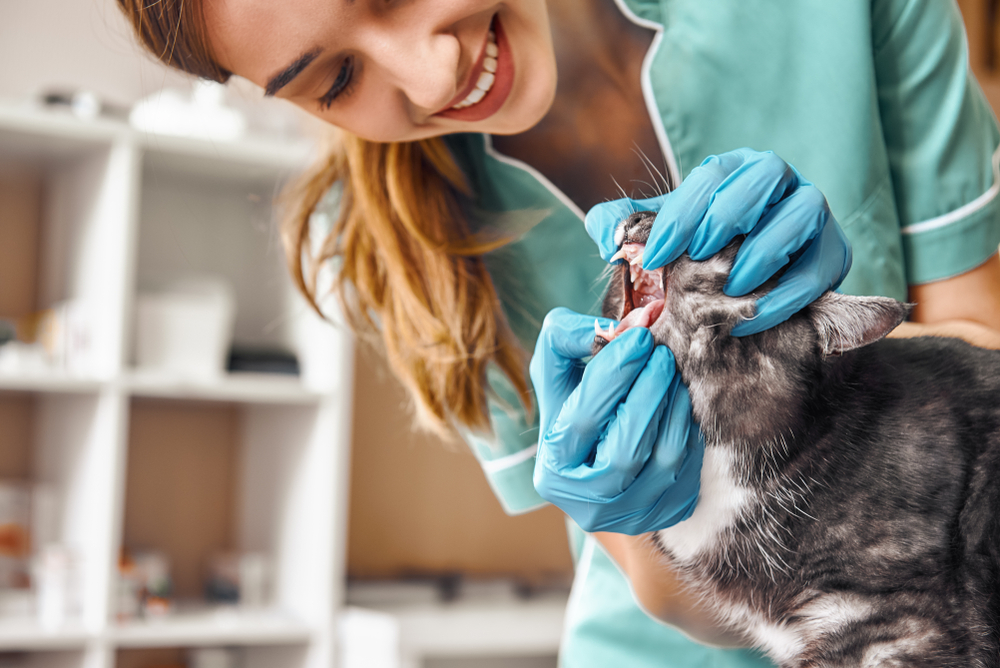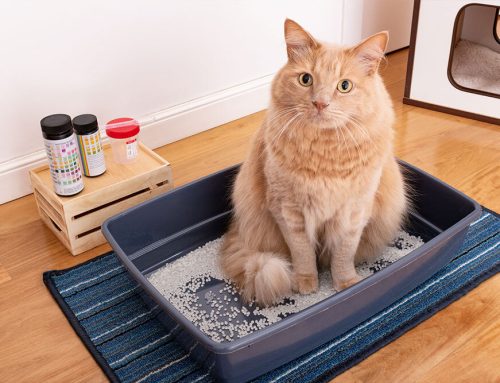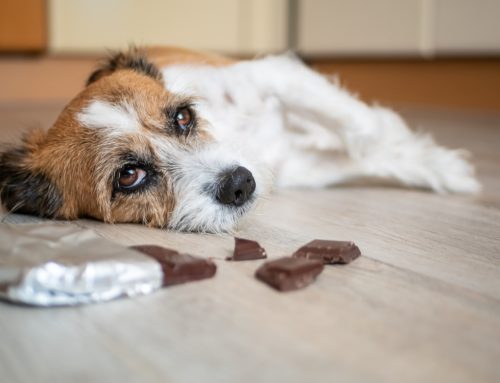Many pet owners know little about the importance of their pet’s dental health. Yet, dental health is an integral part of your pet’s general health, and knowing how to take good care of your pet’s teeth will improve their overall health. In honor of National Pet Dental Health Month—and with the desire to spread awareness of pet dental health—test your knowledge about your furry pal’s oral health in our true or false game.
True or false?: Bad breath is normal for pets
False: Many a dog owner who has been confronted with a stinky, slobbery kiss from their pooch thinks that foul breath is normal. It’s not. “Doggy breath” in your pet should have only a faint odor of their food, if they’ve recently eaten, or a slight scent that is not horribly unpleasant. The oral bacteria that accumulate in your pet’s mouth because of plaque and tartar buildup cause the terrible smell, which is a key sign of dental disease.
True or false?: Most pets have dental disease
True: The majority—up to 85%—of cats and dogs have dental disease by age 3. While older pets truly do often have dental disease, problems can develop as young as 6 months. Puppies with persistent deciduous teeth or baby teeth that do not fall out when their adult teeth come in often have tartar accumulation around their crowded teeth.
True or false?: Pets with flat faces typically have worse dental disease
True: In general, pets with shortened muzzles have more plaque and tartar accumulation because of tooth overcrowding and misaligned bites. Bulldogs, pugs, Boston terriers, and Persian cats are some of the most commonly affected. However, some breeds with long muzzles, like dachshunds and greyhounds, are also genetically predisposed to severe dental disease development.
True or false?: Toothbrushing can remove tartar from your pet’s teeth
False: Plaque forms on your pet’s teeth only hours after eating, hardens into tartar after 24 hours, and becomes impossible to remove through toothbrushing alone. Ideally, you should brush your pet’s teeth daily to remove oral bacteria before they become sticky plaque.
True or false?: Pets show obvious dental disease signs
False: You know how much a toothache hurts, so why don’t pets with dental disease stop eating? Many pets can work through significant pain and continue to eat, despite diseased teeth, and unless owners are checking regularly, they usually do not realize their pet has dental disease until the problem has become severe. Dental disease signs to watch for in your pet include:
- Brown, yellow, or grey tartar accumulation on teeth
- Excessive drooling
- Red, swollen gums
- Bad breath
- Loose or broken teeth
- Blood-tinged saliva
- Blood on chew toys
- Reluctance to eat hard food or treats
- Refusal to play with toys
- Chewing on one side of the mouth
- Dropping food while eating
- Decreased activity
True or false?: All pets need dental cleanings
True: While not all pets need dental cleanings at the same frequency, all cats and dogs will need professional dental cleanings at some point. Pets with poor oral anatomy and crowded teeth may need dental cleanings biannually, while others can go a year or longer between veterinary oral exams and cleanings.
True or false?: A dental cleaning is enough to keep your pet’s mouth healthy
False: The same way you do not go to the dentist and expect your sparkling smile to remain until your next visit, your pet needs more than professional cleanings months apart to keep their mouth healthy. Professional dental cleanings must be paired with at-home dental care, like toothbrushing and dental care products, to keep your furry pal’s mouth clean and healthy.
True or false?: Dental cleanings can be performed without anesthesia

False: If pets would sit still and hold their mouths open for a thorough dental cleaning, that would make things easier—but they don’t. However, with general anesthesia, we can eliminate any pain, stress, or anxiety your pet may feel. You know from your own dentist visits that cleaning below the gum line can be uncomfortable, and if you need further care, like a root canal, you want optimal pain control, which we provide to pets through anesthesia. We create individualized anesthetic protocols for each pet, so we can best assess their oral health, eradicate tartar, and treat other periodontal problems.Is your pet in need of an oral exam or dental care? Contact our Driftwood Animal Hospital team to schedule an appointment.








Leave A Comment